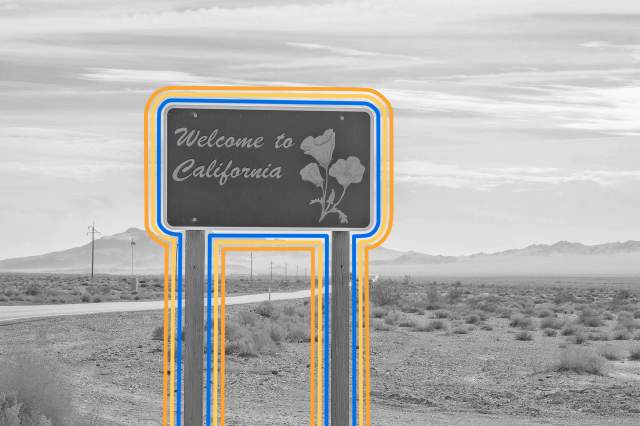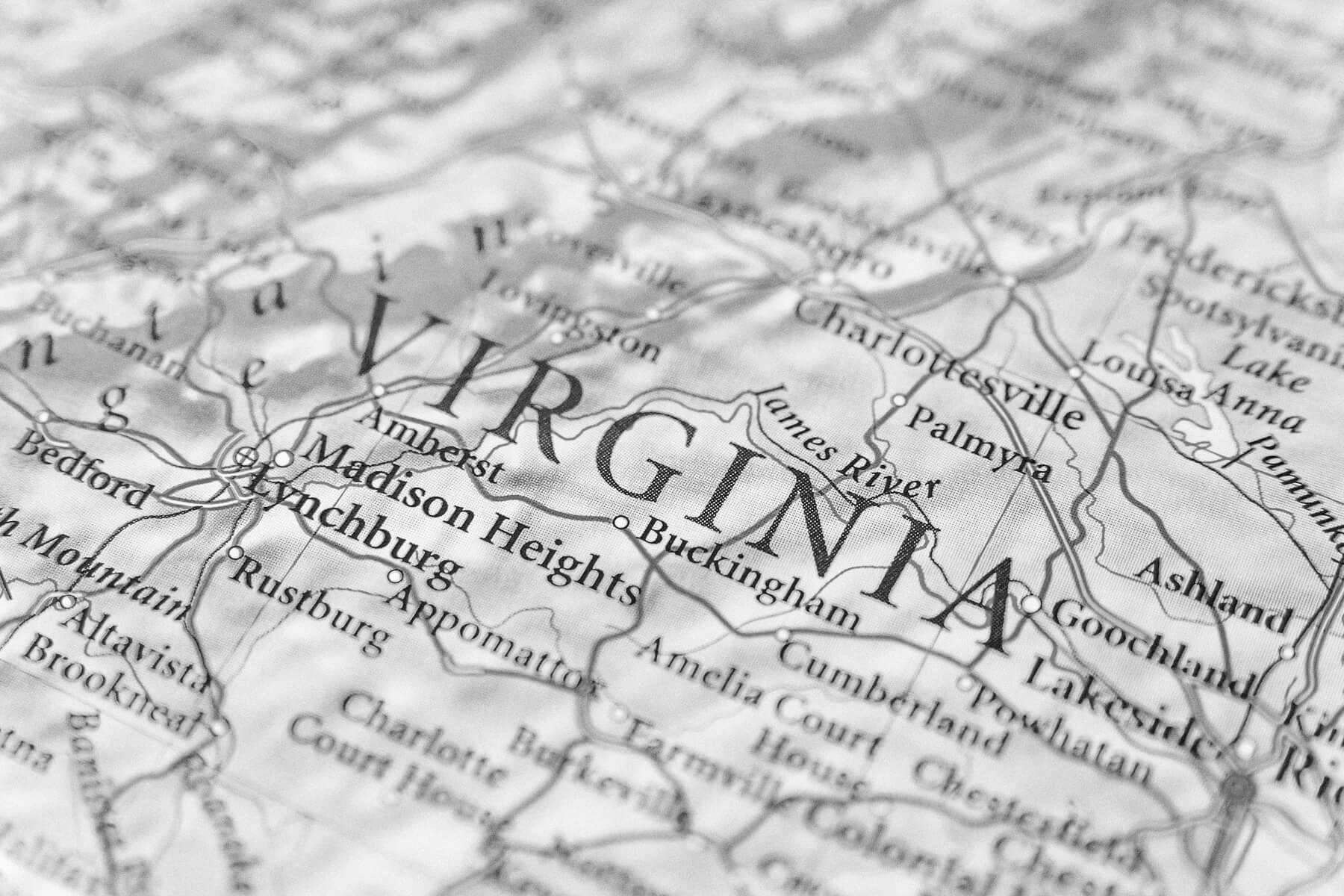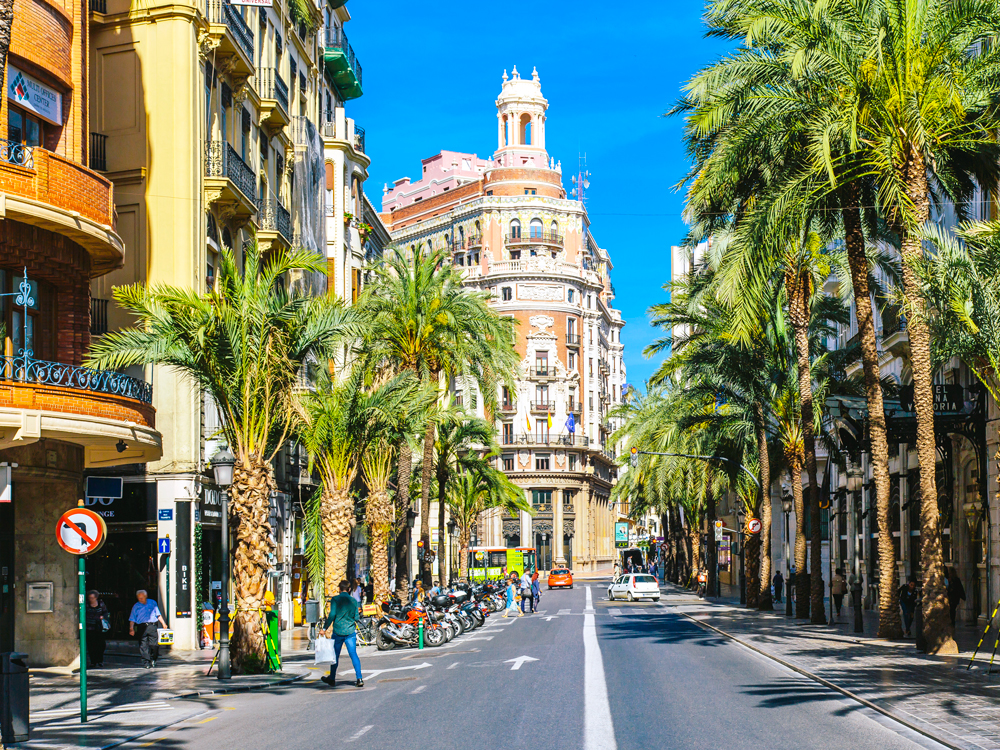
California Gets Its Name From a Romance Novel
The origins of state names aren’t always clear-cut. Many seem to be pulled from the languages, descriptions, and cultures of the Indigenous people who once lived there (e.g., Massachusetts or Missouri), while others have a distinctly foreign influence (like Maryland or Georgia, both named for British monarchs). California, however, most likely derives its name from a 16th-century romance novel. In a text called Las Sergas de Esplandián (aka “The Deeds of Esplandián”), author Garci Rodriguez de Montalvo relayed the tale of California, a paradise-like island with abundant stores of gold and jewels, inhabited by Black women warriors and their leader, Queen Calafia. Spanish explorers who were familiar with the tale mistakenly believed California to be an island when they first landed on what’s now called Baja California in the 1500s. As they explored farther north, they also called the area “California” or “Alta California” — even once they figured out it wasn’t an island. The name stuck.

The Gold Rush Helped California Become a State
California marked its 170th anniversary of statehood in 2020, a milestone possible thanks to the early rush of miners, entrepreneurs, and hopefuls who drove up the region’s population before it was an official state.
The United States first took control of California from Mexico in 1848 following the Treaty of Guadalupe Hidalgo, an agreement that finalized the end of the two-year Mexican-American War. Almost immediately, news spread about the discovery of gold nuggets in the Central Valley, kicking off waves of arriving prospectors who hoped to strike it rich. By 1849, more than 60,000 people had flocked to California — the minimum population required for any part of the country seeking statehood. Instead of declaring the Golden State a territory (part of the normal process, which allowed the prospective state to bolster its number of inhabitants and usually took several years), Congress expedited California’s status to statehood in just two years, making it the 31st state in 1850.

California Has More People Than Any Other State
California has long been the country’s most populated state, first surpassing New York for the record in 1964 when it reached a population of 18 million. Six decades later, the West Coast state has retained the title, recording more than 39 million citizens living within its borders in the 2020 census. California’s population is so large that there’s a good chance you may know someone from the state — an estimated 1 in 8 Americans hails from the Golden State. And while census trends show that California’s community growth is beginning to slow, it’s estimated that its number of residents will still climb before the next federal census in 2030, potentially reaching 42 million people.
More Interesting Reads

California Produces Most of the Country’s Broccoli
Most people experiencing a bit of California dreaming think about the state’s bigger attractions: sun-kissed beaches, bustling cities, and celebrities. But the state is also known for being an agricultural powerhouse that produces a large portion of the country’s food. California farmers are responsible for growing 90% of the U.S. broccoli crop, though that isn’t the state’s most lucrative harvest. Farms in the Golden State are responsible for producing nearly half of the country’s supply of fresh fruits, vegetables, and nuts, including high-dollar commodities such as almonds, grapes, berries, and pistachios. More than 400 crops are grown in the state, including experimental plantings of mangoes and agave, which can adapt to the West Coast’s changing climate as the planet warms.

California Is Packed With National Parks
The National Park Service oversees 63 major national parks, spread throughout the U.S., though these spectacular sites aren’t equally distributed throughout the country. Twenty states, including Alabama, Iowa, and Nebraska, have no national parks (though nearly every state has designated historic or cultural sites). California, however, has the most national parks of any state: nine. California’s size — following Alaska and Texas as the third-largest state — means its borders include a variety of ecosystems, from the scorching desert temperatures of Death Valley National Park to the watery islands of Channel Islands National Park. The Golden State is also home to active volcanoes at Lassen Volcanic National Park in the state’s north; the slow-growing, super-sized succulents of Joshua Tree National Park in the south; and the peaks of Pinnacles National Park in between. Four more national parks — Kings Canyon, Sequoia, Yosemite, and Redwood — along with a handful of historic sites and wildlife preserves, make California a nature lover’s paradise.

California Is Home to a Giant Endangered Bird
California condors are one of the world’s largest flying birds, though at one time scientists considered the 20-pound fowl to be nearly extinct after they disappeared from the skies. The vultures, which have a nearly 10-foot wingspan, were once found across North America, thriving between Canada and Mexico, but their populations dwindled as more settlers ventured west; the massive birds were hunted, and their nests and food supply were disturbed. By the early 20th century, the California condor’s range was reduced to Southern California’s mountains, and their numbers dropped to just 22 birds in the 1980s, when the remaining condors were trapped for breeding programs and the species was declared extinct in the wild. Amazingly, conservation programs led by California’s Yurok Tribe and government wildlife organizations have helped return condors to the skies in growing numbers. As of December 2021, the global California condor population grew to 537 birds, with more than half of them flying free among the Golden State’s wild creatures.












